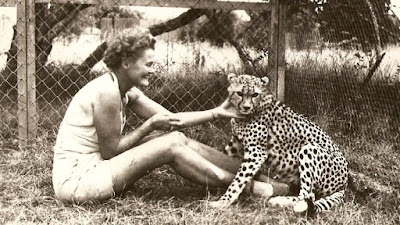ECCO L'OCA DELLE NEVI (Chen Caerulescens):
Le oche delle nevi sono note per il loro piumaggio bianco, anche se
molte di loro sono, di fatto, scure, grigio-marroni, e sono conosciute
come “oche azzurre”. Un tempo si pensava che si trattasse di due specie
distinte, ma recentemente si è capito che si tratta semplicemente della
stessa specie di uccelli con due diverse tipologie di colorazione. Un
unico gene è responsabile della differenza di colore. Nel 1916, nella parte orientale degli Stati Uniti, l’oca delle nevi era
diventata così rara che la sua caccia era vietata. Da allora, questi
uccelli hanno avuto una ripresa notevole. (Leggi tutto l'articolo qui).
 |
| a masterwork by a kid (7 years-old) in my "CreativeLab:Birds" |
The white SNOW GOOSE (Chen Caerulescens):
The snow goose, also known as the blue goose, is a North American species of goose. Its name derives from the typically white plumage. The population of greater snow geese was in decline at the beginning
of the 20th century, but has now recovered to sustainable levels. Snow
geese in North America have increased to the point where the tundra breeding areas in the Arctic and the saltmarsh wintering grounds are both becoming severely degraded, and this affects other species using the same habitat. Major nest predators include Arctic foxes and skuas. (Read more on: wikipedia)











